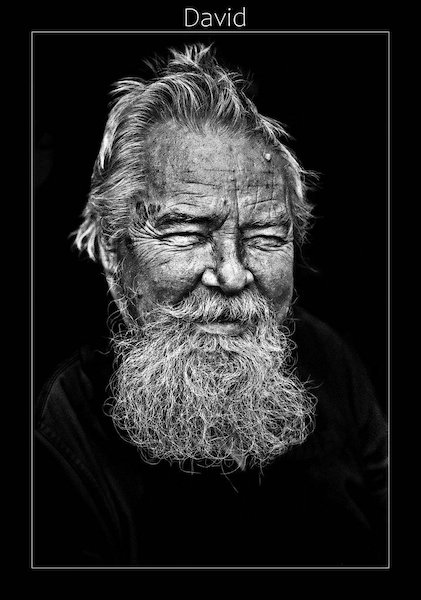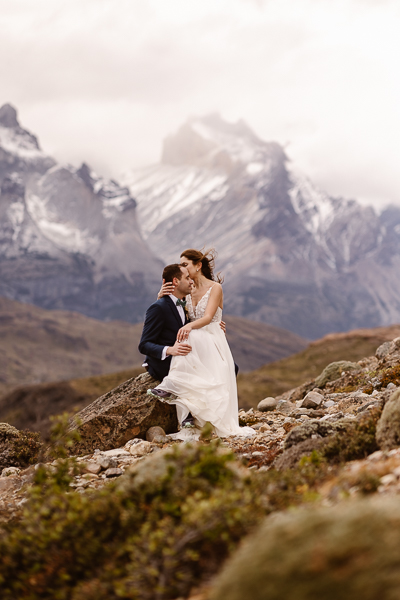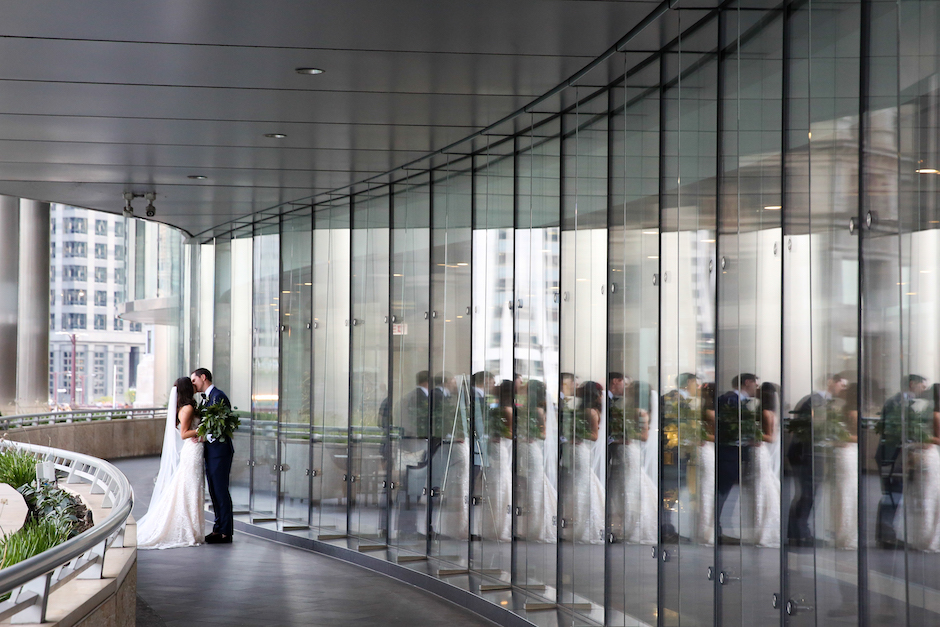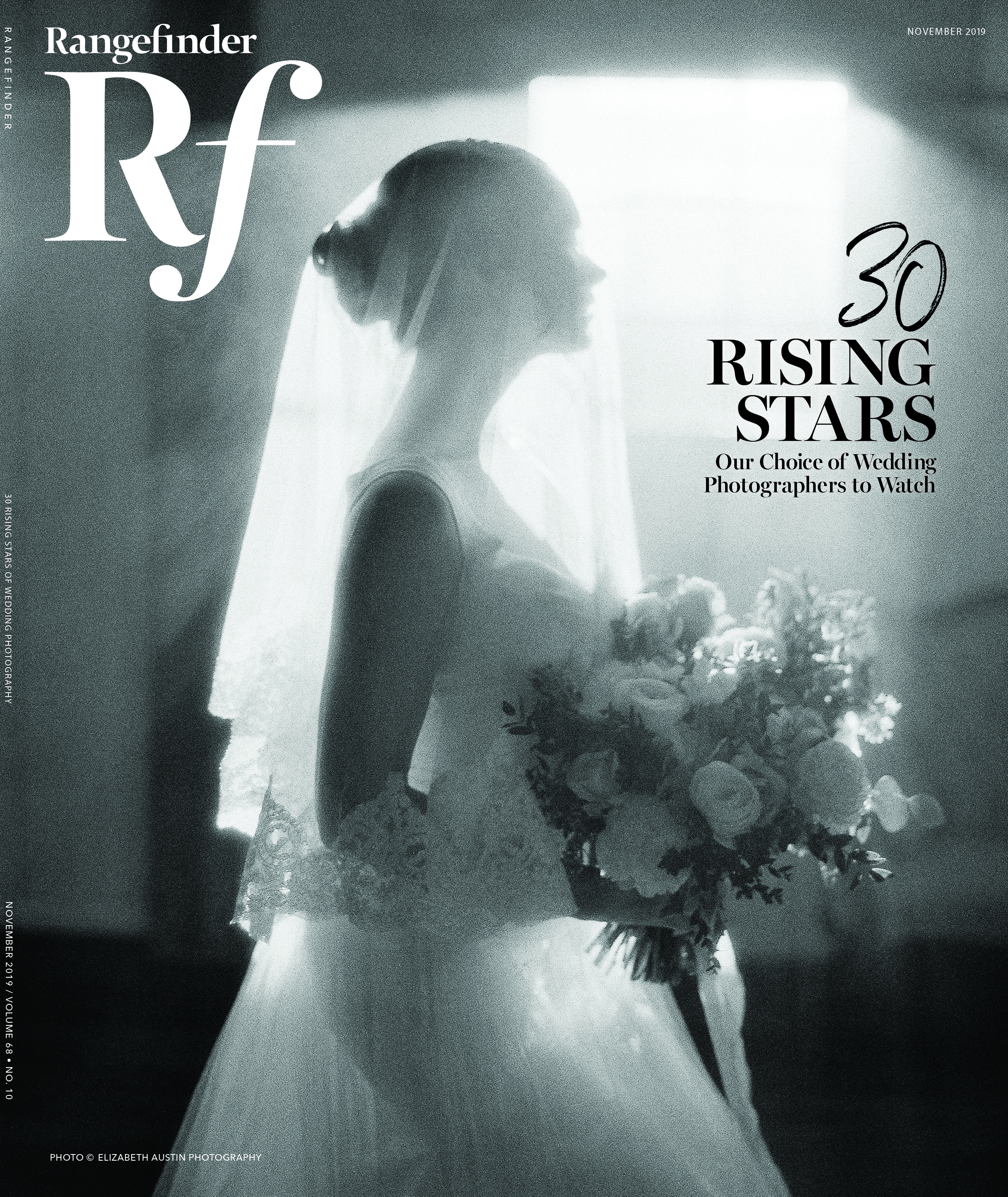"Haru and Mina" by Hideaki Hamada, A Father’s Photographic Ode to His Children
January 13, 2015
WHY YOU SHOULD KNOW HIM
Hideaki Hamada’s impressive Instagram following @hamadahideaki makes him impossible to ignore (and a favorite among those who can’t resist whismical kid pics). His photo book was released internationally in October 2014.
It can be ordered online, $35.
How did photography come about for you as a career, and at what point did you begin photographing your children as a series?
Hideaki Hamada: I used to be a graphic and web designer. Although I used to consider photography a hobby when I was a student, when my eldest son Haru was born in 2005, and then my second son, Mina, in 2007, I started to think about photography more deeply as I captured their growth and shared it with the public. Up until 2009, I was shooting primarily with a DSLR, but after switching to a medium-format Pentax camera, my children’s photographs and the “Haru and Mina” series came into existence. This camera was central in shaping my personal style.
I was taking photos and putting them online (namely Instagram), and around 2010 the “Haru and Mina” series started to gain popularity, mainly overseas. In 2011 I had my first solo exhibition in Taiwan and a year later, I published my first photo book, also in Taiwan. After that, I had the chance to hold some exhibitions overseas, and I realized that my motivations and passions were no longer tied up in design, but in photography, and so I decided to become a full-time photographer.
How are you able to capture such candid moments?
HH: When I look at my children, I have a strange feeling, as if I am watching myself reliving my life. What I want to show is their “living form.” Children always act more than I expect, and the inspiration for my photography comes from this sort of behavior. When I take photos of my children, the important thing is to maintain an objective perspective; not too close, but also not too far away, as if I am watching them from behind—something close to mere observation, I think. This gives the photos a universal quality, and I believe this is necessary to communicate their living forms to someone else.
How do you account for your more than 100,000 instagram followers?
HH: Although photographers usually tend to want to snap pictures at certain specific moments, children don’t smile or cry all the time. Rather, they’re without any special facial expressions most of the time. I want to use photography to capture them in that day-to-day world. This way, the highly expressive faces that they occasionally make will look more lifelike and make for photographs that we will never get tired of looking at. “Haru and Mina” is my family’s personal album and a gift for my kids in the future, but it’s important to me that it has a social and public side to it as well. With this series, I’d like to be able to share common memories and experiences that everyone should have with as many people as I can. I hope that viewers will think not only of my sons, but of their own pasts, presents and futures.
What do you try to keep in mind while you’re shooting?
HH: There are three things in particular that I care about here: Do the photos I’m taking have a narrative? Are the photos timeless? And do the photographs show a love and respect for their subjects?
How did the series turn into a book?
HH: Photography is growing in popularity with young people in Taiwan. In particular, there are large numbers of people that like to shoot on film as I do. Because of this, I have a lot of fans in Taiwan and the feedback I received there enabled me to publish my book in 2012. People in Japan weren’t able to get the Taiwanese edition of the book, though, so I was eager to publish in Japan. I received an offer from a Japanese publisher last spring and was finally able to publish the Japanese edition of Haru and Mina. The Taiwan editions of the book were designed and edited by myself, but the Japanese edition was recreated from the ground up in cooperation with professional designers and editors. In some ways, you could call it a completely different book. This edition was published in October 2014 and is currently being delivered to people all over the world.
Will the series continue?
HH: Yes, as a documentation of the boys’ growth. I think it will be more difficult to capture photos of them now that I’ve published Haru and Mina, though. They’re both going to become independent; I think they’ll spend less time with me or with each other as time goes on. So it’s important to be aware of how limited our time together is, and to make sure this time isn’t mundane; photography is one way for me to do this. If I could take photos of my kids when they’ve grown up more, and create work that’s still received well by the public, I will publish again. But for now, I can’t be sure.
What is your photographic philosophy?
HH: Photographs are captured in the present, but the moment after they’re taken they become the past, and upon viewing it’s always the future. Photography is a very rare medium that allows you to travel from past to present to future like this. When I take photographs, what I care about the most is the present location from a future perspective. I would like to keep taking photos that allow everyone that sees them to travel through time.
Related Links
Sandro Miller: The Pundit of Portraiture
Patrick James Miller: A Master of His Environment
Weird Sports: A New Book and Photo Essay by Sol Neelman




